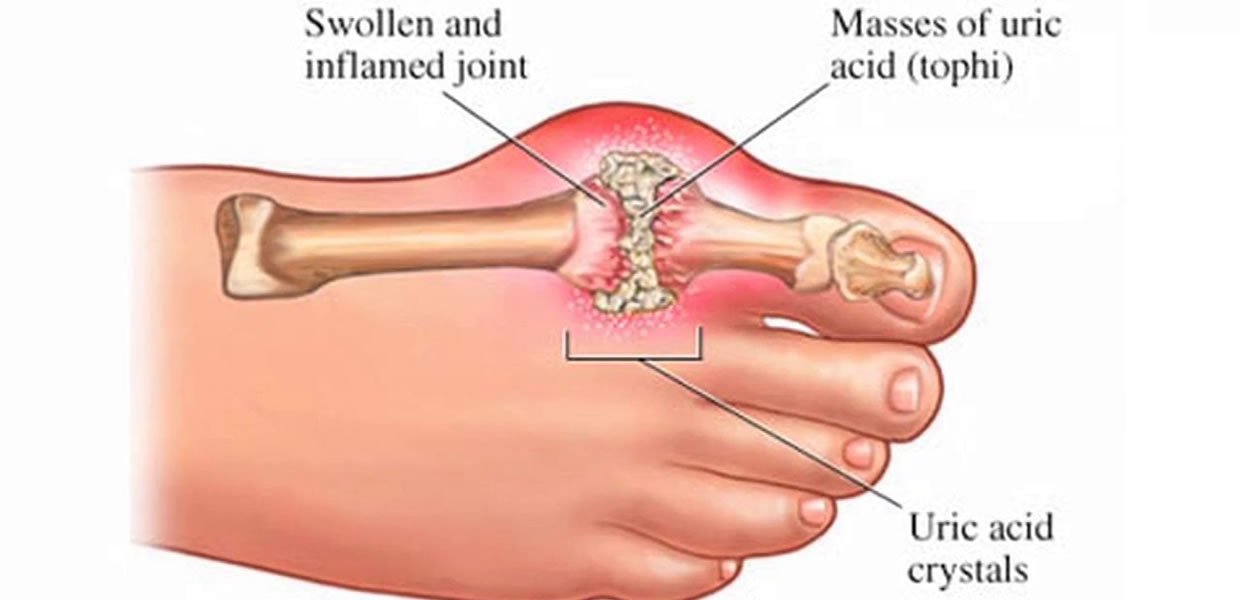Joint Pain
The role of acupuncture in treating joint pain
Joint pain is a common condition that affects millions of people each year. It can be caused by a wide variety of factors, such as aging, injury, infection, inflammation, and autoimmune diseases. Joint pain can be one of the most debilitating and uncomfortable types of pain, as it can limit a person’s mobility and ability to perform everyday tasks.
The pain may be constant or intermittent, and can range from mild to severe. It may also be accompanied by other symptoms such as stiffness, swelling, redness, and warmth around the affected joint.
Living with joint pain can be difficult and can greatly affect a person’s quality of life. It can make it difficult to perform simple tasks such as walking, standing, or even holding a pen. The pain can also affect a person’s mood and cause anxiety, depression, and stress.
There are several types of joint pain that a person may experience, including acute joint pain, chronic joint pain, inflammatory joint pain, mechanical joint pain, and neuropathic joint pain. The specific type of joint pain will depend on the underlying cause and the individual’s medical history.
There can be various underlying causes for joint pain, including:
- Inflammation: Inflammation of the joints due to conditions like rheumatoid arthritis, osteoarthritis, gout, etc.
- Injuries: Injuries to the joints, such as sprains, strains, or fractures, that can damage the ligaments, tendons, or cartilage.
- Overuse: Overuse or repetitive strain injuries due to activities such as running, typing, or playing certain sports.
- Infection: Joint infections caused by bacteria or viruses, such as septic arthritis.
- Autoimmune disorders: Autoimmune disorders like lupus or scleroderma that affect the immune system and can cause joint inflammation.
- Other health conditions: Certain health conditions like fibromyalgia, Lyme disease, or osteoporosis that can lead to joint pain.
- Age-related wear and tear: Wear and tear of the joints due to aging or degenerative conditions like osteoarthritis.
Conventional treatments for joint pain vary depending on the underlying cause and severity of the pain. Common treatments include nonsteroidal anti-inflammatory drugs (NSAIDs), corticosteroids, disease-modifying antirheumatic drugs (DMARDs), physical therapy, occupational therapy, and in some cases, surgery. Pain relief medications such as acetaminophen or opioid painkillers may also be prescribed, although their long-term use can have negative side effects. Additionally, lifestyle changes such as weight loss, regular exercise, and healthy eating habits may also be recommended to improve joint health and reduce pain.
While conventional treatments can be effective for managing joint pain, they may come with certain risks and side effects. NSAIDs and corticosteroids, for example, can cause stomach upset, increased risk of infections, and bone thinning with long-term use. DMARDs, while effective in slowing down joint damage in some people, can have serious side effects such as liver damage, lung infections, and increased risk of cancer. Opioid painkillers can also be highly addictive and may lead to other health problems, including overdose and death. Addiction is a serious concern with long-term use of these medications. In contrast, acupuncture is a safe and side-effect-free alternative for managing joint pain, making it an attractive option for those looking for a natural and holistic approach to pain relief.
One of the key advantages of acupuncture as a treatment for joint pain is that it is generally considered to be a safe and side-effect-free alternative to medication or surgery. Acupuncture works by stimulating specific points on the body, which can help to promote the body’s natural healing processes and reduce inflammation and pain. Unlike medication, which can come with a range of side effects, acupuncture is a non-invasive therapy that does not require the use of drugs or chemicals. Additionally, acupuncture can be customized to meet the unique needs of each patient, making it a highly individualized and effective treatment option for joint pain.
Traditional Chinese Medicine (TCM) views joint pain as an imbalance in the body’s energy flow, which can result from a variety of causes, including physical trauma, emotional stress, and environmental factors. TCM treatment for joint pain typically involves a combination of acupuncture, herbal remedies, and dietary modifications. Acupuncture, in particular, has been shown to stimulate the body’s natural healing process and improve joint function by reducing inflammation, increasing blood flow, and promoting the release of endorphins, the body’s natural painkillers.
Fire cupping and moxibustion are also commonly used in TCM to treat joint pain. Fire cupping involves placing heated glass cups on the skin, creating a vacuum that draws blood and lymphatic fluid to the affected area, promoting circulation and reducing pain. Moxibustion involves burning small amounts of dried herbs (moxa) near the skin to warm and stimulate acupuncture points, promoting healing and reducing inflammation.
Each patient’s treatment plan is customized according to their specific symptoms and underlying imbalances, making TCM a highly individualized and effective approach to joint pain management. At Huatuo Clinic, our highly trained and experienced TCM practitioners work with each patient to create a personalized treatment plan that may include acupuncture, cupping, moxibustion, herbal remedies, and dietary recommendations to help improve mobility and quality of life.
It’s important to note that acupuncture and other TCM therapies are generally considered safe and have minimal side effects when administered by a licensed practitioner. Contact us today to learn more about how acupuncture and TCM can help you manage joint pain and improve your overall health and well-being.









